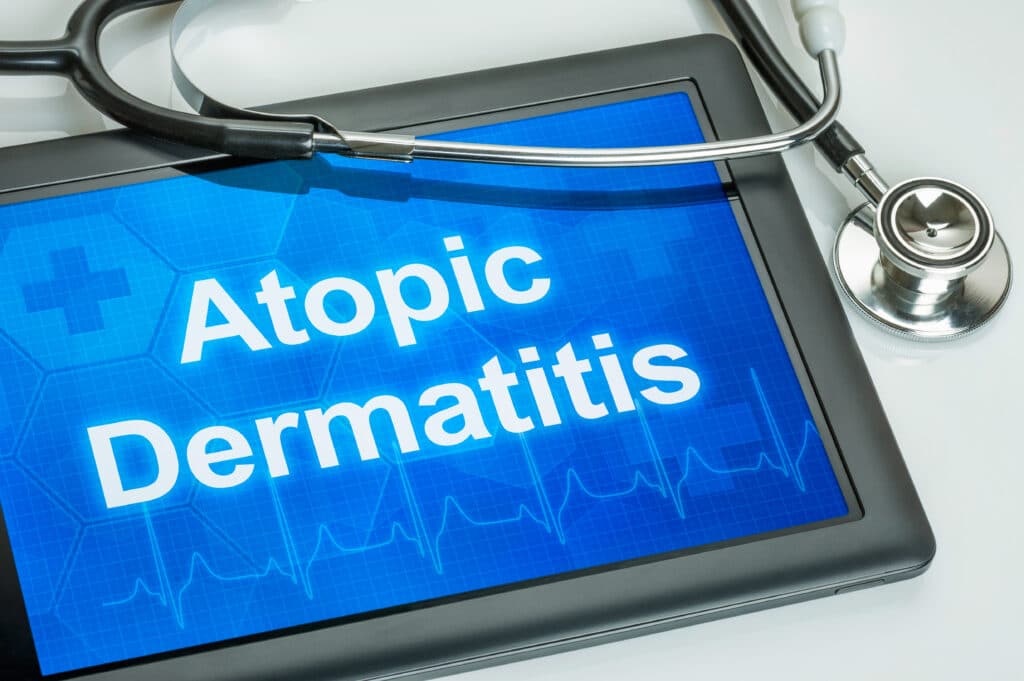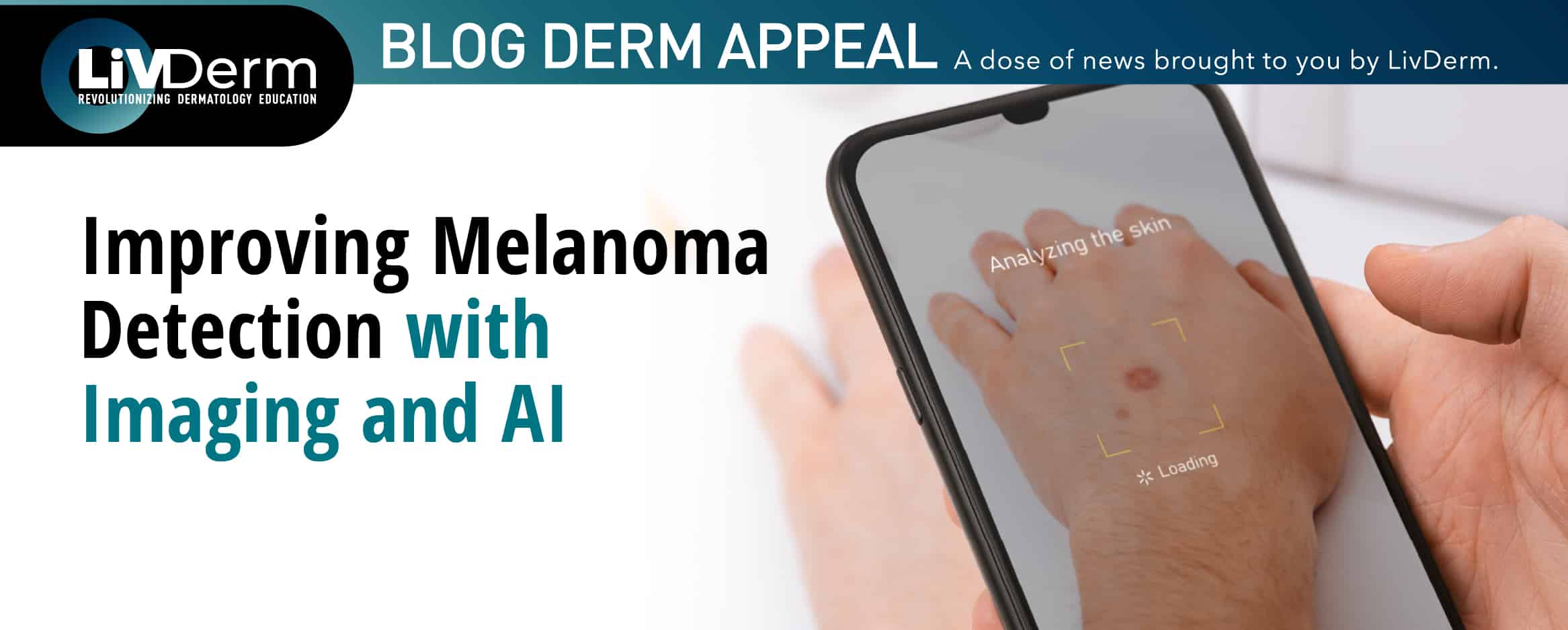
Researchers have developed a breakthrough method enabling the early detection of infant atopic dermatitis (AD) known as ‘RNA monitoring’.
This new method came about as a result of a study conducted earlier this year, which was published in the Journal of the European Academy of Dermatology and Venereology. The main objective of this study was to determine if sebum RNA could provide reliable biomarkers for the detection of early-onset AD in infants.
During the study, 98 one and two-month-old infants were assessed for AD and evaluated by allergists. All were born at the National Center for Child Health and Development (NCCHD) in Japan.
In a noninvasive procedure, researchers collected sebum from the facial skin of all the infants in the study using a single oil-blotting film. The samples collected then underwent RNA preparation and an AmpliSeq transcriptomic analysis. They also collected relevant demographic information and AD-specific clinical data, including sex, body weight and height at birth, family history of AD, family history of allergies, Eczema Area and Severity Index (EASI) score, as well as the presence of neonatal acne or other skin diagnoses.
Analysis of the data demonstrated that there were several genes with different expression between infants with AD and those without. Infants aged one month with AD showed lower expression of genes related to various lipid metabolism and synthesis, antimicrobial peptides, tight junctions, desmosomes and keratinization. Furthermore, they also had higher expression of several genes involved in Th2-, Th17-, and Th22-type immune responses and lower expression of negative regulators of inflammation. The study also revealed that gene expressions related to innate immunity were higher in infants with AD.
Researchers concluded, “We identified molecular changes in barrier function and inflammatory markers that characterize the pathophysiology of AD in infants aged one month. We also revealed that neonatal acne at 1 month could predict the subsequent development of AD by sebum transcriptome data.”
According to Kiwako Yamamoto-Hanada, MD, PhD, chief of the Allergy Center at NCCHD,
“Our results confirm that the RNA monitoring method is useful for the early detection of AD in infants and may also be used for their treatment monitoring in the future.” She adds that “Infants often have multiple eczemas and experience repeated exacerbations and remissions. With our method, the timely treatment of early-onset AD can be realized, enabling an improvement in the quality of life for infants with AD and their families.”
















